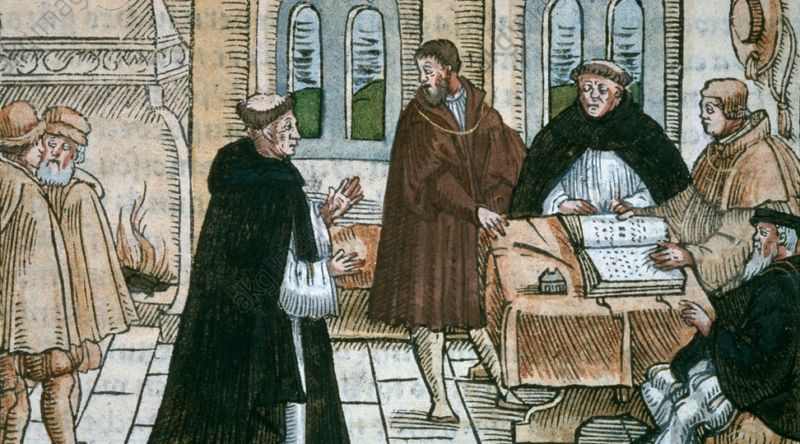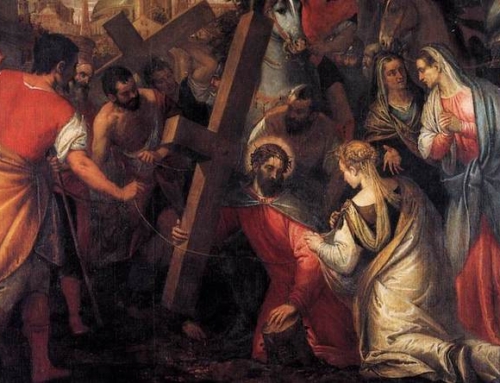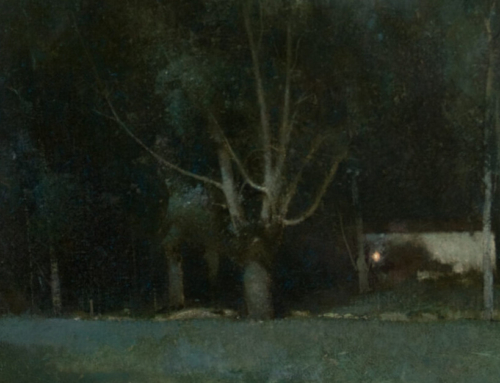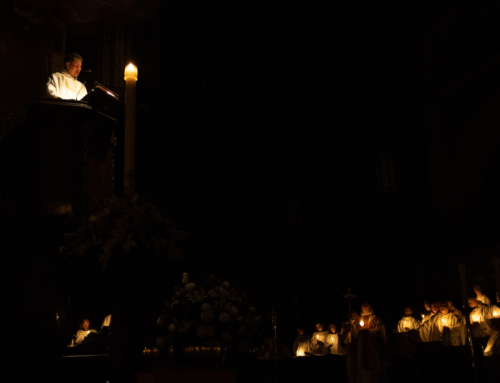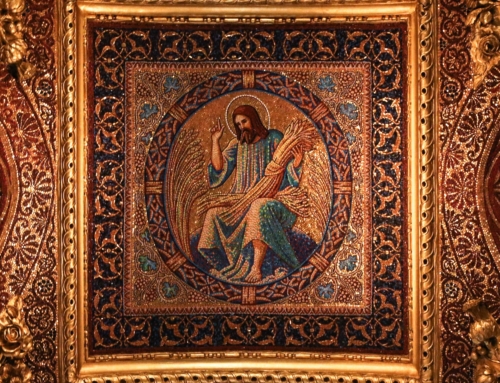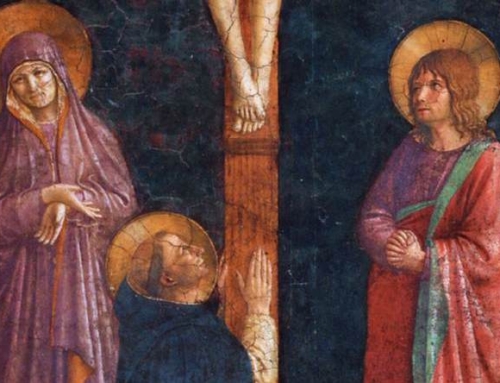Thomas and the Thomists: Cajetan
This is one of the posts in a series on Thomistic commentators. For more information about who these figures are and the inspiration behind this series, read the introduction that can be found here. We hope that the teaching and life of these hidden giants will lead our readers to encounter the profound mysteries of our salvation. To read more posts in this series, click here.
It should come as no surprise that Tommaso de Vio, otherwise known as Cardinal Cajetan, has been revered by generations of theologians since his untimely death in 1534. For one, his many writings bear the stroke of genius. So much so, in fact, that his gift for elucidating the doctrine of Saint Thomas has captured the attention of his Dominican confreres the world over. It is equally impressive, in my opinion, that his nobility of spirit, which is itself indicative of the Order’s finest friars, continues to produce a cult of true and lasting devotion, even without him being raised (as of yet) to the altar of God. Someday, perhaps, the same Order to which he so dutifully belonged will (at long last!) advance his cause toward canonization.
When taken together, the aforementioned genius and nobility of spirit are a testament to the complexity of Cajetan’s person. He was so many things for so many people, and yet he was, by all accounts, a man of marvelous balance. On the one hand, he was a first-rate intellectual and an exceptional expositor of St. Thomas’ teaching. He spent his days, his hours, and the pride of his youth in silent adoration of an infinitely intelligible God. On the other hand, he was endowed with an apostolic impulse and immense powers of persuasion, as evidenced by his contentious meeting with Martin Luther at Augsburg. He exhausted himself in the affairs of the world, first as a friar preacher, then Master of the Order, and eventually cardinal prelate of the Church. The complexity of his person was simply an outward manifestation of a Dominican soul, whose life of assiduous study must always be united to the ceaseless work of an apostle. For Cajetan, however, this complexity was even more pronounced: all the acquired virtues seemingly coalesced in him at once. In a word, Cajetan was the ideal Dominican.
Alas, not a few modern thinkers have accused this great Dominican of corrupting the purity of St. Thomas, and of perverting the Thomist commentatorial tradition as a result. Other thinkers, such as Ralph McInerny, have defended Cajetan’s sublime reading of St. Thomas, suggesting that any accusations of corruption are but misrepresentations of his thought. One thing is for certain: Cajetan always dwelt on the heights (Isa 33:16). He so penetrated the wisdom of his master that he became one himself; time and again, he related Thomistic principles to objections not yet considered. He is the greatest commentator of the tradition bar none, not because he was overly deferential to the teachings of St. Thomas, but because he internalized the principles upon which Thomism still stands.
Cajetan’s commentary on the first question of the Prima pars, which covers the all-important topic of theology as a subalternated science (a science that derives its principles from another science, as in the case of optics to geometry), is one such example of where Cajetan, reliant upon the principles of his master, is willing to parse a question further still. Within the Thomist commentatorial tradition, the precise meaning of sacra doctrina (or “sacred doctrine”) was an open question. Albeit unfortunately, the manner in which St. Thomas uses the phrase either seems contradictory, or lends itself to multiple meanings. In Cajetan’s commentary on the same question, he provides a definition for sacra doctrina that accounts for its meaning, as well as its relation to faith and theology.
In short, Cajetan argues that sacra doctrina is a supernaturally infused participation in the mind of God. This participation in divine knowledge, says Cajetan, is communicated to mankind through the auspices of divine revelation. So understood, the habits of faith and theology are distinct species within the one genus of sacra doctrina. To be clear, these distinctions are not made explicit by St. Thomas in his Summa theologiae, but they are, we might say, implicitly present, thus resolving the longstanding quandary about sacra doctrina and its true meaning.
As we can see, the mouth of this great friar is still primed for preaching, ready to release a roar in the name of holy religion, just as his master—that “Dumb Ox” of Aquino—has so often done throughout the centuries. For Dominicans everywhere, Cajetan’s genius, nobility of spirit, and complexity of person will always stand as an image worthy of imitation. And for every Christian believer, including the theologian, Cajetan’s insight into sacra doctrina points to our shared privilege: a participation in the mind of God.
✠
Image: Ludwig Rabus, Luther vor Cajetan

